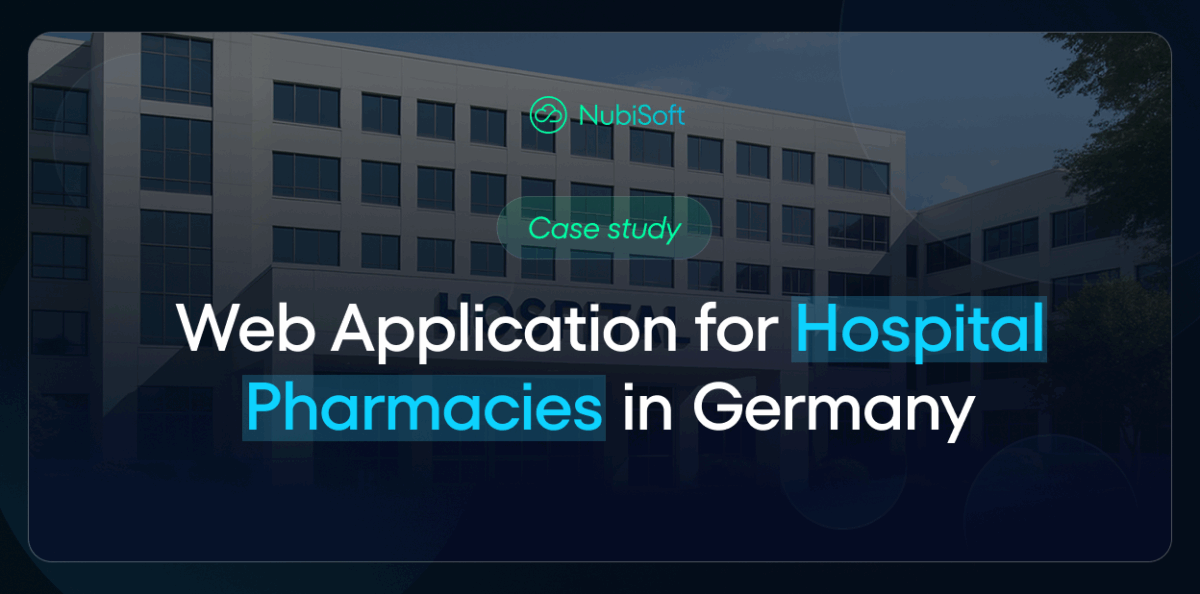We supported our client in migrating their hospital pharmacy application to cloud architecture. The modernized software had to be fully integrated with the Telematics Infrastructure and compliant with German certification standards (KBV).


We supported our client in migrating their hospital pharmacy application to cloud architecture. The modernized software had to be fully integrated with the Telematics Infrastructure and compliant with German certification standards (KBV).
Finding the ideal RV rental just got quicker. Learn how we turned Campstar’s search into a seamless experience thanks to a reactive approach.
Discover how we overcame challenges, fostered deep industry knowledge, and became an integral part of Campstar’s team.

In this blog post, you will learn how to configure autoscaling for a Kubernetes cluster running in AWS. In the most common scenarios web applications are not always under the same workload. The number of users varies depending on the time of a day, week, or even year, so to save resources and money it’s […]